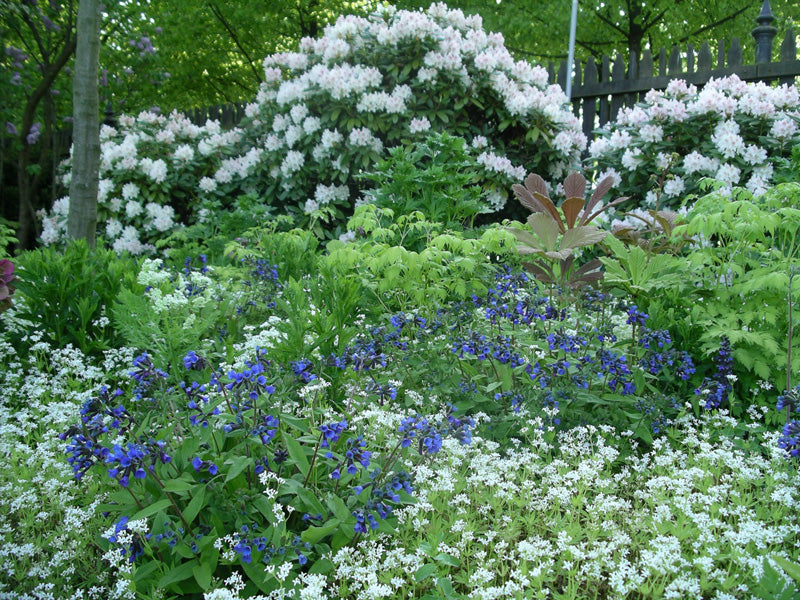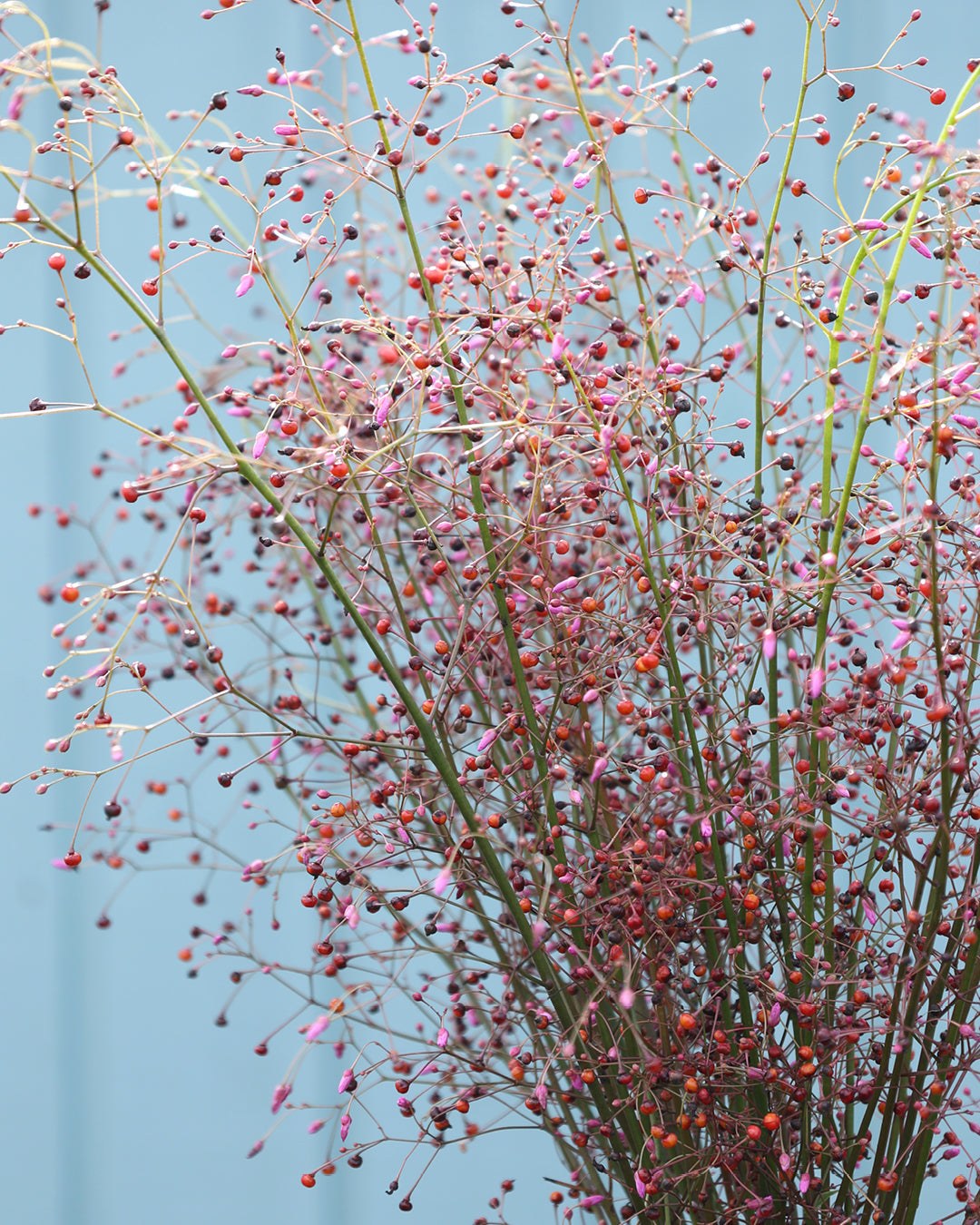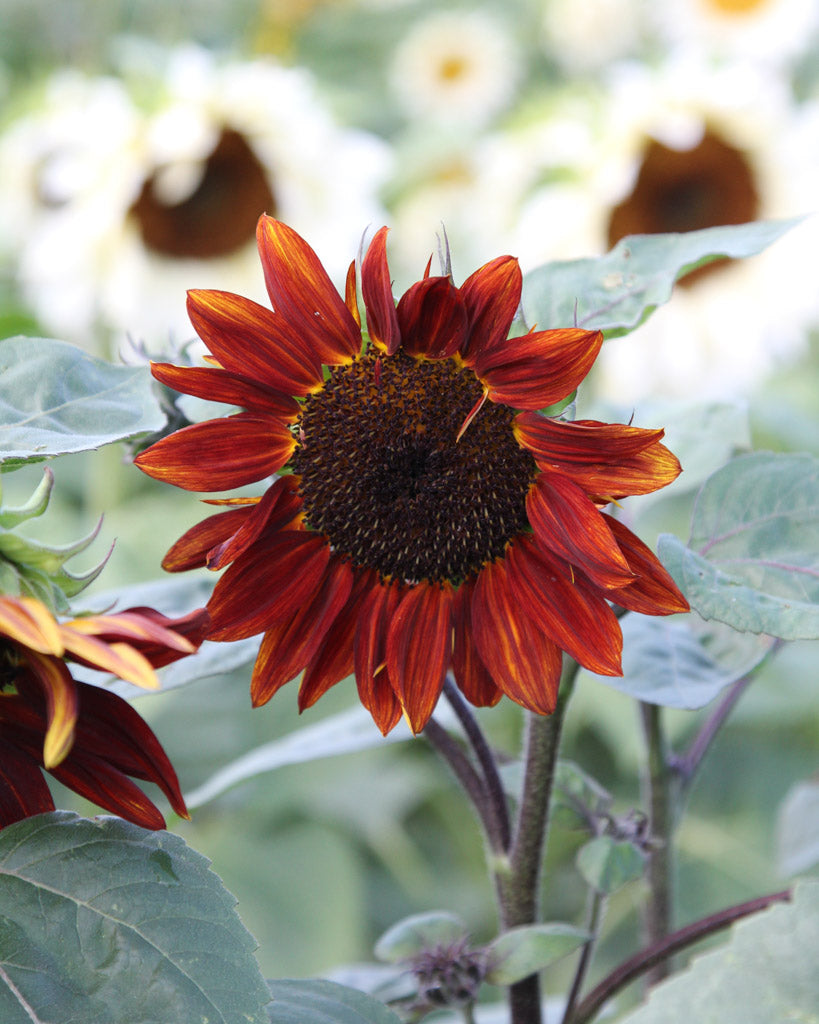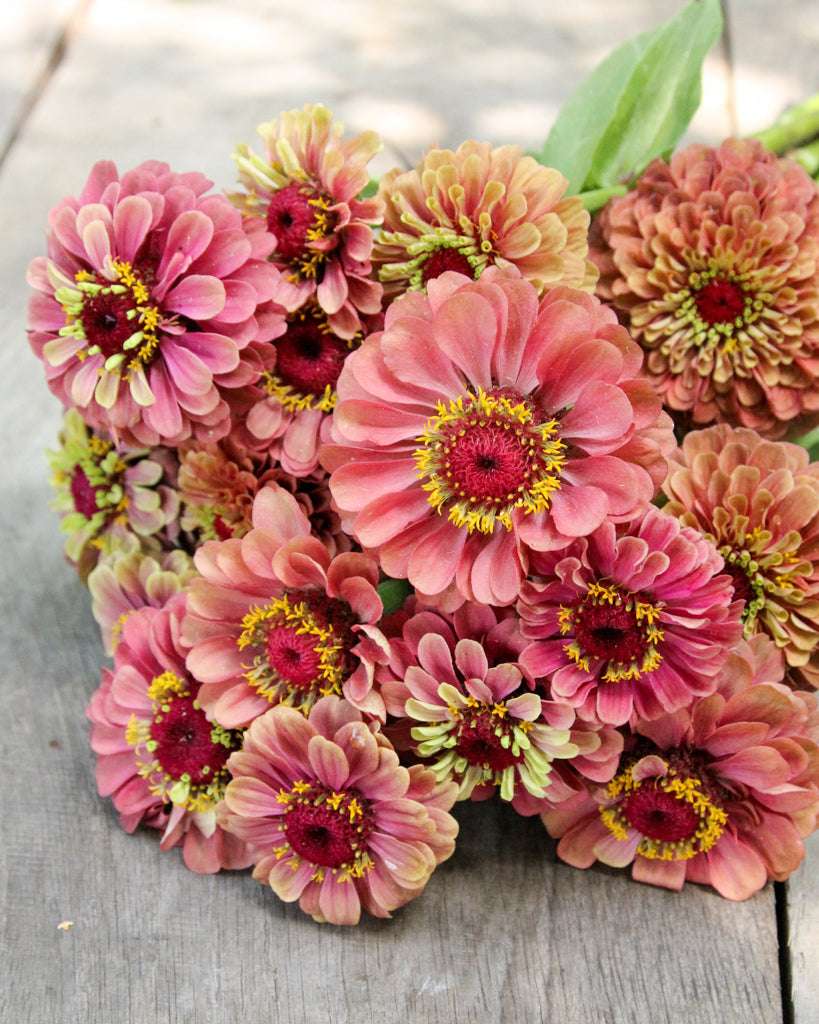Perennials – the long-lasting ones
Some start over again, while others plant perennials. Landscape architect Heiner Luz explains what makes these perennial plants so valuable.

Perennials – the long-lasting ones:
It's as if spring itself had kissed the warming ground: Thousands of brilliant white woodruff blossoms mingle with clumps of ocean-blue lungwort, lapping against the fresh green of columbine and brown cranesbill, and gently lapping the feathery show-leaf and the elegantly curved shoots of the Solomon's seal. This example from Trädgårdsföreningen Park in Gothenburg, Sweden, impressively demonstrates how beautiful images can be created with just a few plant species. The creator of this dream in green, white, and blue, created in 2007, is landscape architect Heiner Luz from Munich. His favorite tools: perennials.
In top shape for decades:
"What fascinates me about perennials is the incredible variety of colors and scents, leaf and flower shapes. And they represent the magic of transience," Luz explains his enthusiasm for perennial plants. "Coneflowers (Rudbeckia), Indian nettle (Monarda), and other prairie plants, for example, form attractive seed heads. Numerous grasses also add structure to the garden in winter – many are even evergreen." And don't forget: Unlike annuals, perennials are a sustainable investment. Christmas roses (Helleborus), for example, can easily live to be 25 years old, and peonies (Paeonia) often even reach the century mark. "As many former garden show sites demonstrate, a perennial border can be a feast for the eyes for decades. Provided it receives continuous, professional care."
Minimal care – maximum joy:
The key here is that the selected plants are suited to the location. "So you have to pay close attention to how much light they get in each spot and what the soil quality is like," emphasizes the internationally active landscape architect. If perennials are to grow in the garden for which the soil is, for example, too nutrient-rich, the soil must be replaced or thinned out with sand and gravel. If the plants feel comfortable and their growth behavior is harmonious with one another, this reduces the maintenance effort enormously. "The perennials then quickly form a closed ground cover. This largely prevents the invasion of plants that are commonly referred to as weeds." In Luz's planting in Gothenburg, for example, sweet woodruff (Galium odoratum) and common cranesbill (Geranium phaeum 'Samobor') keep weeds in check without overpowering the other plants. Maintenance work is generally limited to occasional watering and fertilizing, as well as pruning in early spring.
Professional knowledge for hobby gardeners:
When it comes to low-maintenance gardens, hobby gardeners benefit from the experience gained by Heiner Luz and other landscape architects in planning public green spaces – where maintenance must be particularly quick and easy due to financial and personnel constraints. Horticultural teaching and research institutes in Germany, Austria, and Switzerland have therefore developed concepts for mixed perennial plantings in recent years that significantly reduce maintenance requirements. Interested hobby gardeners can find detailed information and sources for the required plants online at www.staudenverwendung.de.
Expert tip: Keep your eyes open when choosing varieties:
Perennials are a bit like fine porcelain: They come in countless varieties, are timelessly beautiful, and you can expand your collection at any time as you please (or even replace a damaged specimen if necessary). However, just as with porcelain, there are differences in quality among perennial varieties. Munich-based landscape architect Heiner Luz therefore advises amateur gardeners to seek advice from a trusted gardener before purchasing plants, or to contact the "Perennial Inspection Working Group" for information on recommended varieties. As part of the perennial inspection, the varieties to be assessed are cultivated over several years at various locations in Germany, Austria, and Switzerland. Test criteria include profusion of flowers, flowering duration, stability, and resistance to diseases and pests. The results are available free of charge on the website www.staudensichtung.de.















